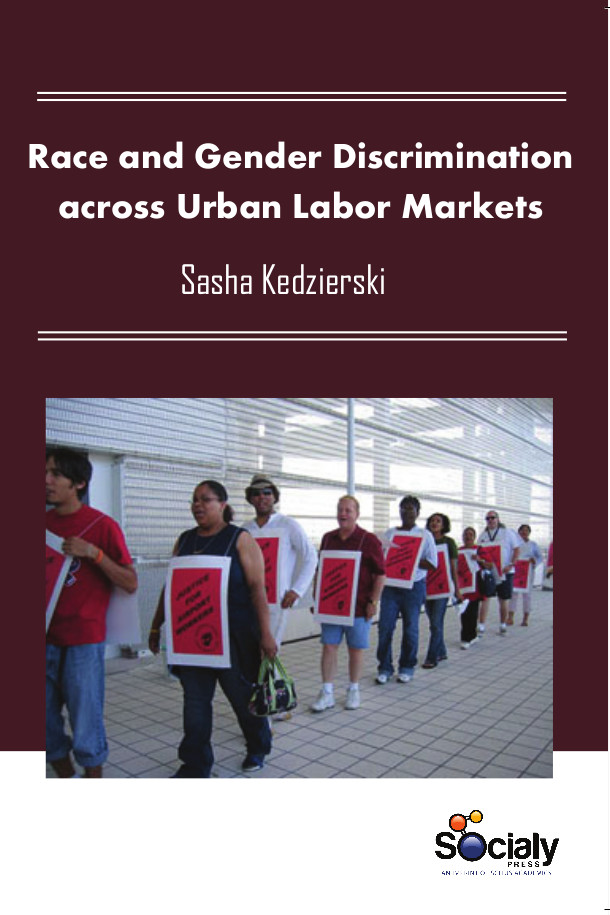Race and gender differentials in the labor market remain stubbornly persistent. Although the black/white wage gap appeared to be converging rapidly during the 1960s and early 1970s, black/white male wages have now stagnated for almost two decades. The black/ white female wage gap has actually risen over the past 15 years. The Hispanic/white wage gap has risen among both males and females in recent years.
Not until the late 1970s did it begin to converge steadily (although a significant gender gap still exists). Of course, these wage gaps are only the most visible form of differences in labor market outcomes by race and gender. Substantial differences in labor force participation, unemployment rates, occupational location, non-wage compensation, job characteristics and job mobility all exist by both race and sex. Among women, white women’s wages have risen steadily since 1980. Black women’s wages almost reached parity with white women in the 1970s, but have diverged again in the last 15 years, as black women have experienced little wage growth. Wages and unemployment rates are often affected by overall labor force participation rates, which have changed dramatically over time. Moreover, racial minorities suffer disproportionately from lower wages because they are more likely than whites to have minority co-workers. Focusing attention on broad, aggregate industries or occupations will miss racial inequality resulting from processes that occur at the job level. This compendium is designed to provide an introduction into the literature that analyses these differences.
This Book investigates differentials by race and gender in the urban labor markets. It attempts to summarize some of the most important research studies relating to race and gender in the labor markets. Black-white earnings differentials are analysed that includes a treatment of differences in the ratios of employment to population. Earnings by ethnicity are also discussed. This Book will be of interest to students and researchers related to fields of sociology, gender studies and urban studies.













